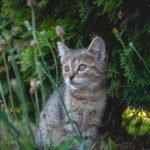Big cats are some of the most awe-inspiring creatures in the animal kingdom, known for their beauty, grace, and sheer power. Among the many skills that these predators possess, their bite force stands out as a crucial factor in their ability to hunt and survive. This article explores the eight big cats with the most powerful bites, delving into what makes their bites so strong, and why bite force is critical in their natural habitats.
Understanding Bite Force: What It Means
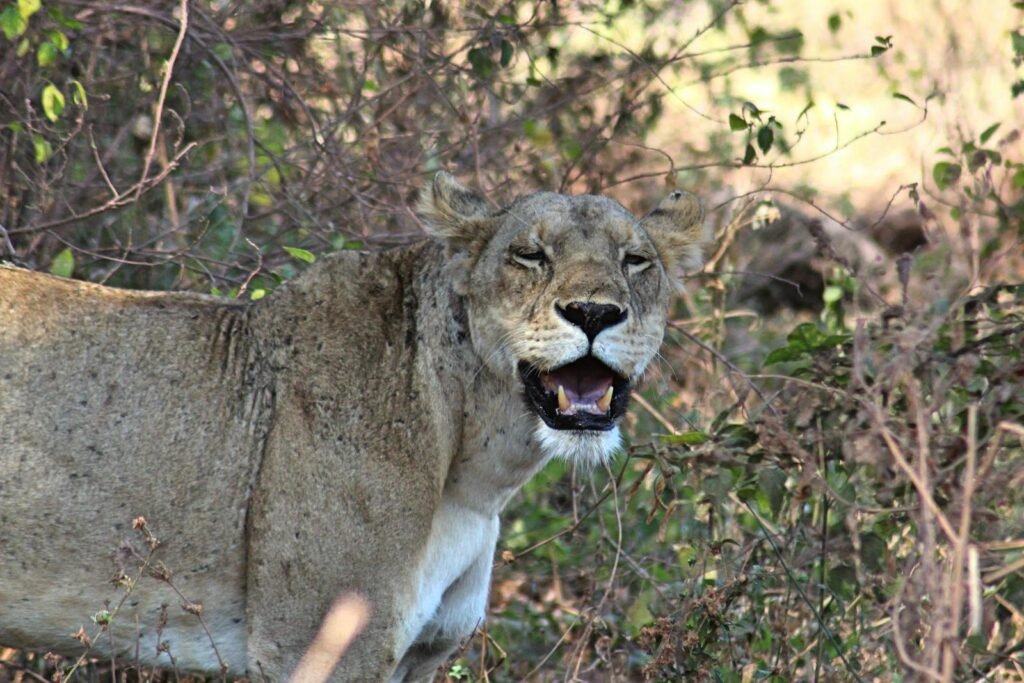
Bite force refers to the amount of pressure a jaw can exert, typically measured in pounds per square inch (psi). In the context of big cats, a powerful bite is essential for capturing prey, delivering a fatal strike, and defending territory. Factors such as jaw strength, tooth structure, and head muscles play a vital role in determining a cat’s bite force.
The Mighty Jaguar: King of Bite Force
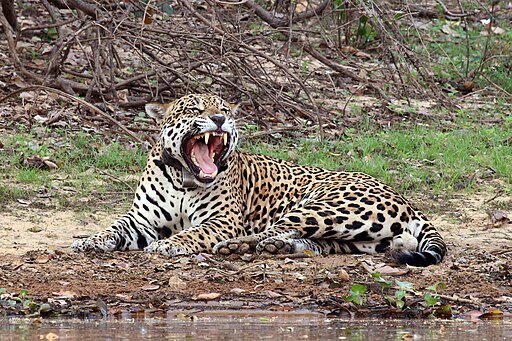
The jaguar reigns supreme when it comes to bite force among big cats. With a bite force rating of approximately 1,500 psi, they outmatch even larger cats such as lions and tigers. Jaguars have evolved to possess this impressive strength to pierce through the tough hides and skulls of their prey, which often includes reptiles like caimans and turtles in their native habitats of Central and South America.
Tigers: Power and Precision

Tigers, particularly the Siberian species, boast the second-most powerful bite among big cats, with a force of around 1,050 psi. This power allows them to tackle large prey and survive in diverse environments, from the dense jungles to the harsh Siberian taiga. Tigers use their strong jaws not only for hunting but also for asserting dominance and establishing territory.
Lions: The Social Hunters
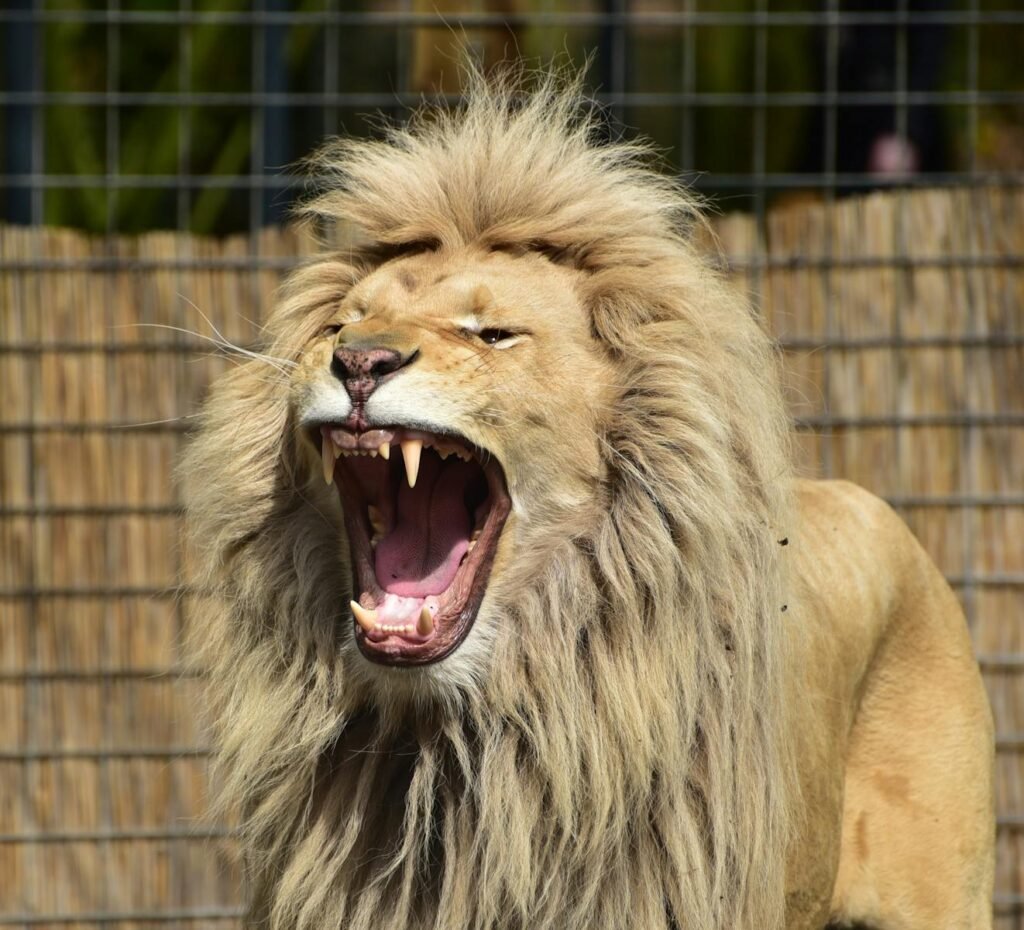
Lions, with a bite force of approximately 650 psi, may not have the strongest bite as individuals, but their strength lies in numbers. As social animals, they hunt in prides, using teamwork to bring down large prey such as zebras and buffalo. A lion’s bite is crucial for making the kill with precision, often targeting the throat to suffocate their prey.
The Elusive Leopard

Leopards are known for their adaptability and climbing prowess, with a bite force of around 650 psi. While not as strong as their more massive relatives, their bite is more than sufficient for their lifestyle. These solitary hunters rely on stealth and surprise, using their bite to quickly dispatch prey as varied as antelope and small primates.
Pumas: Versatile Predators
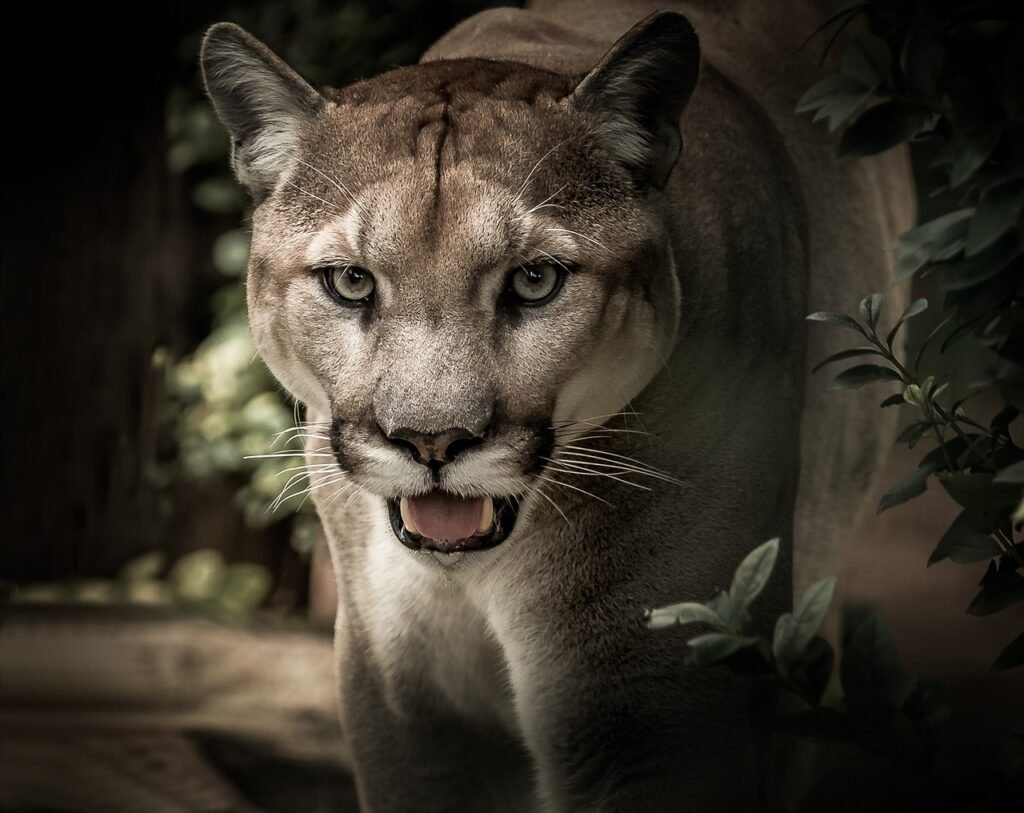
Pumas, or mountain lions, have a bite force of about 400 psi. These big cats are extremely versatile, found from the Canadian Yukon to the southern Andes in South America. Their moderate bite force is well-suited to their diet of deer, elk, and other medium-sized mammals. Pumas’ ability to adapt to various environments makes them one of the most successful big cats in the Americas.
Cheetahs: Built for Speed, Not Power
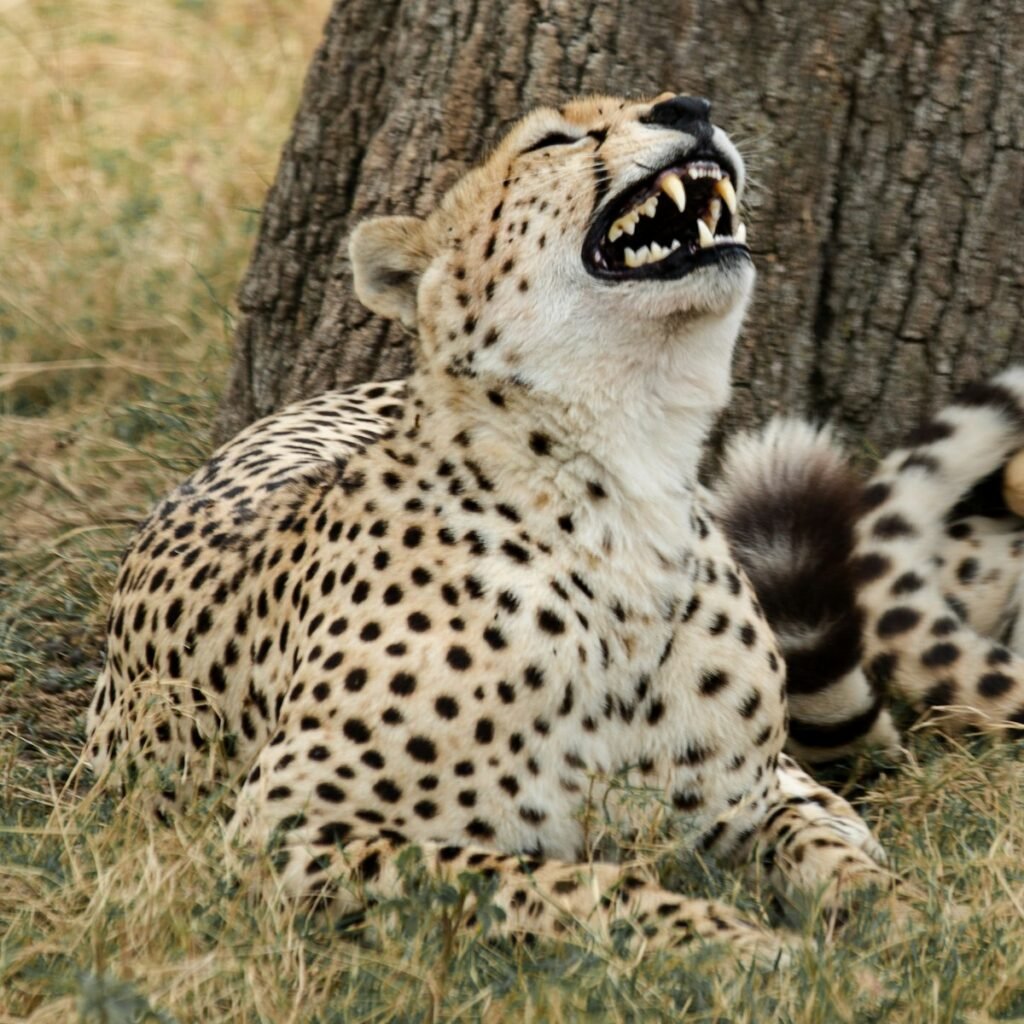
Although cheetahs are the fastest animals on land, their bite force is relatively weak among big cats, measuring around 475 psi. This is because their physiology is built for speed rather than strength, with a lightweight, aerodynamic body. Cheetahs rely on their speed to overtake prey and use their bite to trip rather than crush, conserving energy and ensuring a successful hunt.
Snow Leopards: Masters of the Mountains
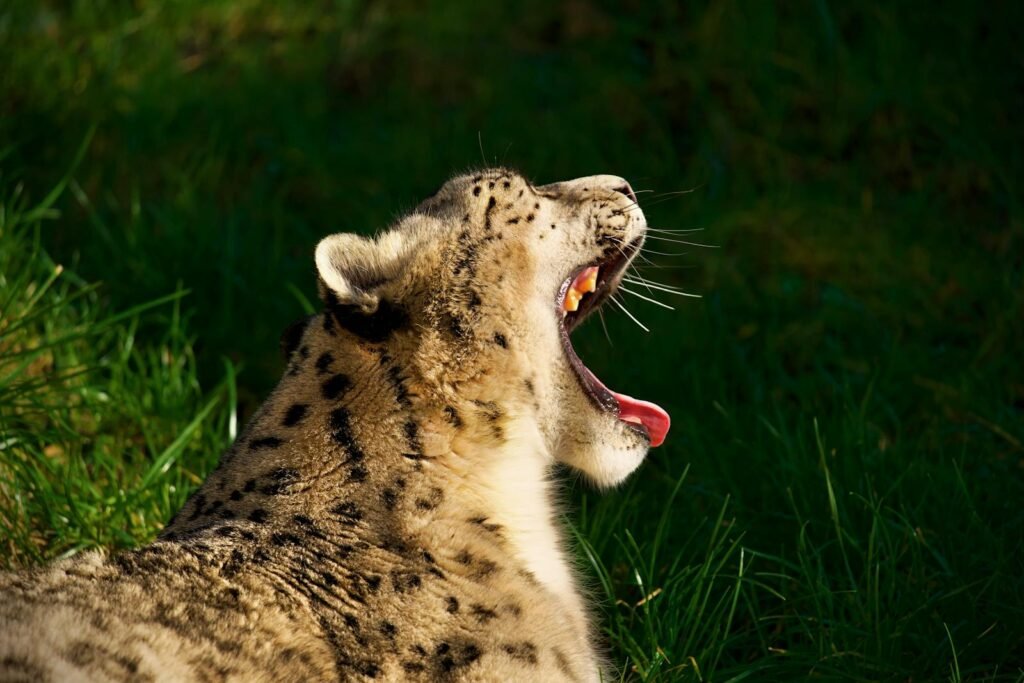
Snow leopards possess a bite force of approximately 340 psi, balanced by their ability to live and hunt at high altitudes in Central Asia’s mountainous regions. Their powerful bite allows them to hunt ibex and sheep, providing enough force to ensure a quick kill to survive in the sparse environments they call home.
The Role of Evolution in Bite Force
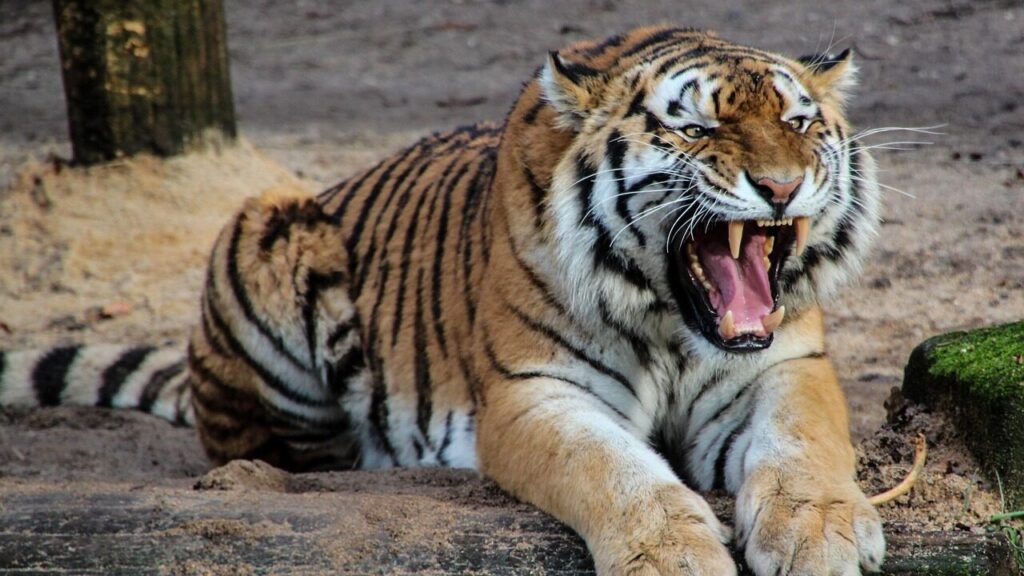
The diversity in bite force among these big cats underscores the role of evolution in shaping their survival strategies. From the jaguar’s powerful skull-crushing abilities to the cheetah’s delicate precision, each species has developed a bite that complements its ecological niche and hunting style.
Conclusion: Nature’s Wonders

The power of big cats’ bites is a testament to their evolutionary success and adaptability. From the mighty jaguar to the swift cheetah, each cat species showcases unique adaptations that allow it to thrive in its environment. Understanding these magnificent creatures gives us greater appreciation for the complexity and beauty of the natural world. Whether through documentaries or wildlife conservation efforts, continuing to learn about and protect these fascinating predators remains a vital part of preserving biodiversity.

Linnea is a born and bred Swede but spends as much time as possible in Cape Town, South Africa. This is mainly due to Cape Town’s extraordinary scenery, wildlife, and atmosphere (in other words, because Cape Town is heaven on earth.) That being said, Sweden’s majestic forests forever hold a special place in her heart. Linnea spends as much time as she can close to the ocean collecting sea shells or in the park admiring puppies.


